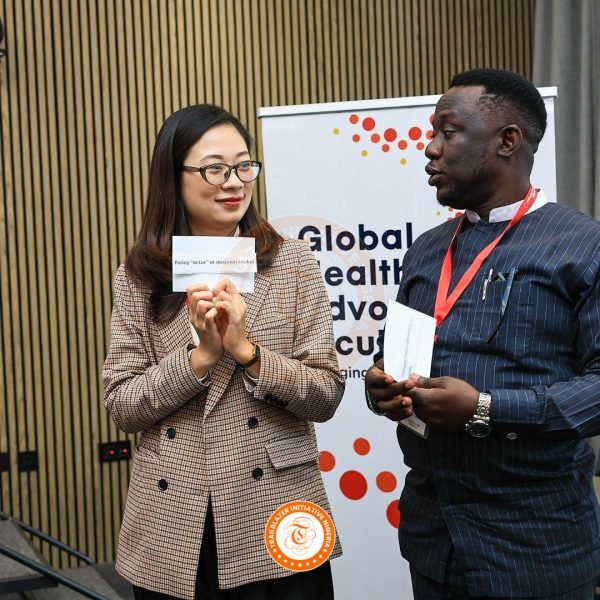Writing a compelling concept note is crucial for NGOs seeking grant funding. Here are essential elements to include in a blog post about creating a grant-winning concept note for NGOs:
1. Clear Problem Statement and Objectives
- Problem Statement: Clearly define the issue or challenge your NGO aims to address. Provide context and evidence to demonstrate its significance.
- Objectives: Outline specific and measurable goals your project intends to achieve. Ensure they align with the grant funder’s priorities.
2. Innovative Approach and Methodology
- Approach: Describe your innovative approach or solution to tackling the identified problem. Highlight what sets your project apart from others.
- Methodology: Explain the methods and strategies you will use to implement your project and achieve the stated objectives.
3. Target Beneficiaries and Stakeholders
- Beneficiaries: Clearly define who will benefit from your project (e.g., children, women, farmers) and how they will benefit.
- Stakeholders: Identify key stakeholders (e.g., local communities, government agencies, other NGOs) and describe their roles and involvement in the project.
4. Impact and Sustainability
- Impact: Clearly articulate the expected outcomes and impact of your project. Include both short-term and long-term effects on beneficiaries and the broader community.
- Sustainability: Outline how your project will be sustained beyond the grant period. Discuss plans for financial sustainability, community ownership, and capacity building.
5. Budget Justification
- Provide a detailed budget that aligns with your project activities and objectives. Justify each budget item, demonstrating cost-effectiveness and value for money.
6. Monitoring and Evaluation Plan
- Monitoring: Describe how you will monitor project progress and activities to ensure they are on track.
- Evaluation: Outline how you will measure the success of your project against the stated objectives. Include indicators, data collection methods, and evaluation tools.
7. Organizational Capacity and Expertise
- Organizational Capacity: Highlight your NGO’s track record, experience, and expertise in implementing similar projects.
- Partnerships: Mention any partnerships or collaborations that strengthen your project’s implementation and impact.
8. Alignment with Funder’s Priorities and Criteria
- Alignment: Ensure your concept note aligns closely with the grant funder’s priorities, goals, and criteria for funding.
- Compliance: Adhere to the funder’s guidelines and format requirements for submitting concept notes.
9. Compelling Narrative and Clarity
- Writing Style: Use clear, concise language and avoid jargon. Tell a compelling story that engages the reader and conveys the importance of your project.
- Visuals: Incorporate visuals such as graphs, charts, or infographics to illustrate key points and data effectively.
10. Review and Revision
- Review Process: Have your concept note reviewed by colleagues or peers to ensure clarity, coherence, and alignment with the funder’s requirements.
- Revision: Revise and edit your concept note based on feedback to strengthen its overall quality and impact.
By incorporating these elements into your concept note, you can increase its chances of standing out to grant funders and securing the necessary support for your NGO’s impactful projects.









